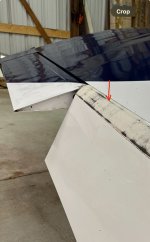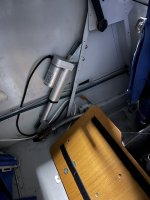I have been reading about folks with a cracked flap torque tube in their -4s on this forum and there seems to be a consensus that over speeding the flaps is a contributing factor.
I may well find a crack in my torque tube when I get back to the hangar but I am religious about getting well into the white arc before dropping the flaps but…I have recently been practicing emergency go-arounds in preparation for short field / tall obstacle operations. In this scenario I made a normal approach (full flaps), flared to land, then went full throttle to go-around while pulling up the electric flaps (which takes time to retract). Is there a chance that the full throttle prop wash on the flaps for those seconds could have put more force on the flaps than they were designed for despite my aircraft airspeed being in the 65kt range?
Thx!
I may well find a crack in my torque tube when I get back to the hangar but I am religious about getting well into the white arc before dropping the flaps but…I have recently been practicing emergency go-arounds in preparation for short field / tall obstacle operations. In this scenario I made a normal approach (full flaps), flared to land, then went full throttle to go-around while pulling up the electric flaps (which takes time to retract). Is there a chance that the full throttle prop wash on the flaps for those seconds could have put more force on the flaps than they were designed for despite my aircraft airspeed being in the 65kt range?
Thx!







